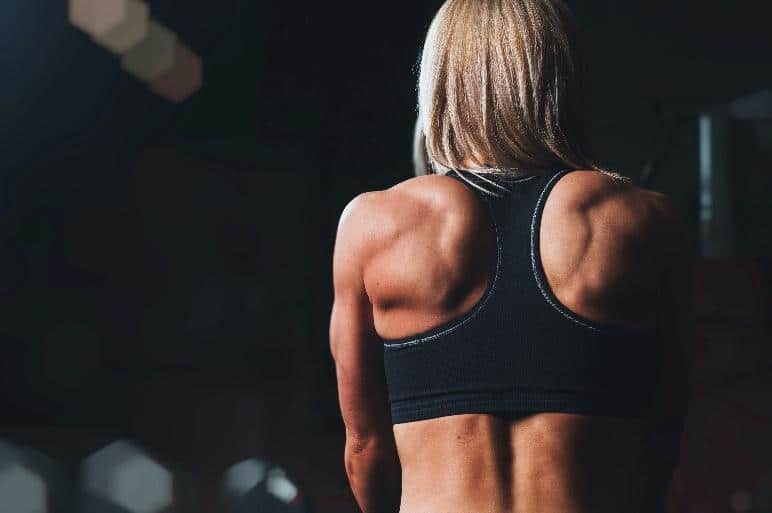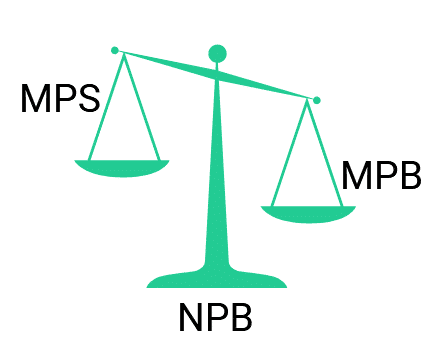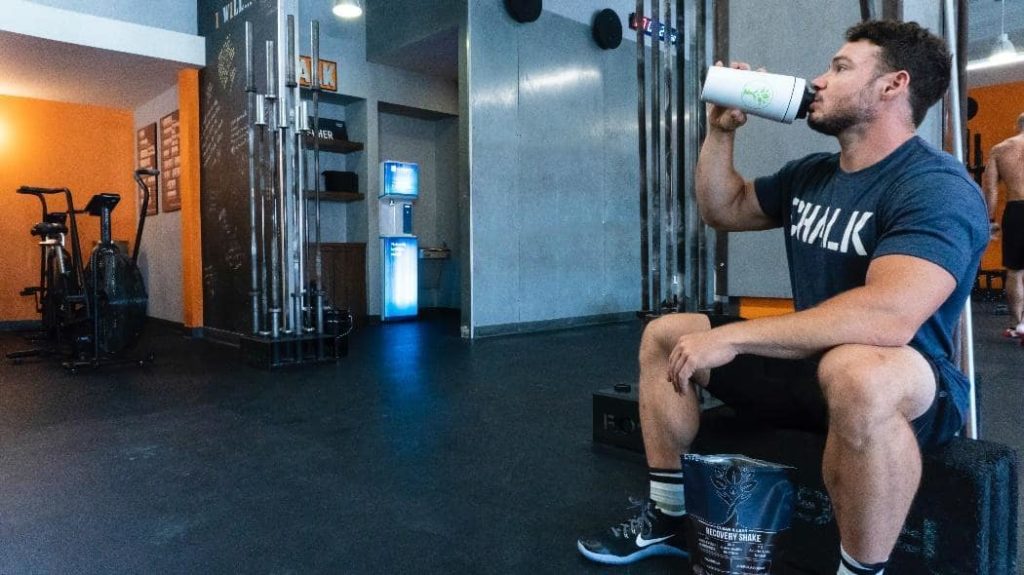1 de July de 2022
Building Muscle: Anabolic Vs Catabolic Process
In the field of training focused on hypertrophy, there are many fundamental variables for these gains in muscle mass to take place. Knowing the main hypertrophic mechanisms (mechanical tension, metabolic stress and muscle damage) and controlling each of the training variables (volume, intensity, frequency, etc.) must be the basis of good planning in order to seek muscle hypertrophy.
But there are two processes that occur in our metabolism, especially at the level of muscle tissue, that we must understand: muscle anabolism and catabolism.

Anabolism vs Catabolism
In short, and to understand it first-hand, although we will develop it in more depth below, catabolism is the process responsible for the destruction of muscle tissue. It occurs when our body begins to feed on its own tissues, initiating a process of muscle destruction. On the other hand, anabolism is responsible for the creation of muscle tissue from the nutrients that we provide through direct intake.
Muscle fibers are a type of multinucleated and post-mitotic cells, that is, they are the same throughout the life of an entire individual. Therefore, the changes produced in this tissue are limited to the repair mechanisms of its constituent elements through Muscle Protein Synthesis (MPS) and muscle protein degradation or Muscle Protein Breakdown (MPB). (Benedict, 2020). Throughout the day, muscle tissue is constantly changing, breaking down and synthesizing protein. This difference between one and the other is what is known as Net Protein Balance (NPB).

Figure 2. Net protein balance.
As if it were a balance, we must achieve a positive NPB of sufficient magnitude over time. How can we do this? Well, when, for example, we remain fasted, the protein degradation process exceeds that of synthesis, to reverse it we must combine an intake of amino acids with training that provides sufficient mechanical stimulation over time (weeks, months) and a Sufficient energy availability to achieve a sufficient net balance to achieve that increase in muscle mass. (Benedict, 2020)
In short, after performing a demanding physical activity, in which the muscle tissues are damaged, a situation of catabolism will occur. The balance between muscle anabolism and catabolism, that is, the molecules will be broken down for use as energy, something totally normal and necessary. Through the intake of food, especially protein, we must reverse this catabolic situation to an anabolic one to give the metabolism that “gasoline” it needs to rebuild and repair tissues.

Supplementation, is it useful?
Protein powder: In Moore’s (2019) meta-analysis, it was observed that protein supplementation, as long as it is of high biological value and enriched with BCAA’s, has positive effects on sports performance. In addition, protein synthesis increases with protein supplementation since we provide our body with a net positive protein balance, something essential for gaining muscle mass and hypertrophy.
Leucine: Peak plasma leucine concentrations after protein ingestion correlate with rates of muscle protein synthesis (Pennings et al, 2011). This supports the notion that protein digestion rate and leucine content are important predictors of the anabolic effect of a protein source.
Leucine by itself does NOT determine the muscle protein synthesis response; this requires the other amino acids (Kato et al 2018) The addition of leucine to a low dose of protein can be as effective as a much higher amount of protein.
HMB: Beta-hydroxy-beta-methyl butyrate is a metabolite of the amino acid leucine that has been shown to decrease muscle protein catabolism and increase SPM. Several meta-analyses have shown that it is safe, and no adverse effects have been reported from its supplementation. In addition, it can lower blood pressure, total cholesterol and LDL.
It is very effective in populations with high protein degradation, however no significant changes have been seen in healthy populations and athletes, even so more evidence is required to corroborate this.
Bibliography
- Benito, P. J. (2020). Conceptos avanzados del entrenamiento con cargas. Vol I y II. Madrid, Ed. Círculo Rojo.
- Helms, E; Valdez, A y Morgan, A. (2019). The Muscle and Strength Pyramid: Entrenamiento
- Moore D. R. (2019). Maximizing Post-exercise Anabolism: The Case for Relative Protein Intakes. Frontiers in nutrition, 6, 147. https://doi.org/10.3389/fnut.2019.00147
- Schoenfeld, B. J., Grgic, J., Van Every, D. W., & Plotkin, D. L. (2021). Loading Recommendations for Muscle Strength, Hypertrophy, and Local Endurance: A Re-Examination of the Repetition Continuum. Sports (Basel, Switzerland), 9(2), 32. https://doi.org/10.3390/sports9020032
- Schoenfeld, B. J., Grgic, J., & Krieger, J. (2019). How many times per week should a muscle be trained to maximize muscle hypertrophy? A systematic review and meta-analysis of studies examining the effects of resistance training frequency. Journal of sports sciences, 1-10. 7

